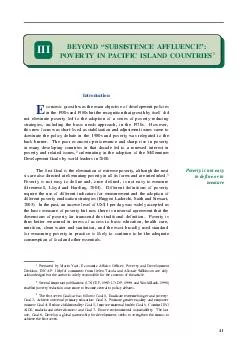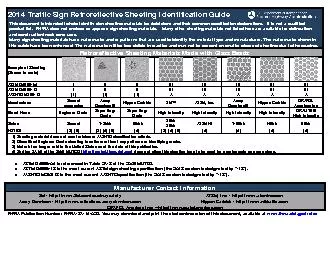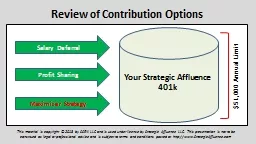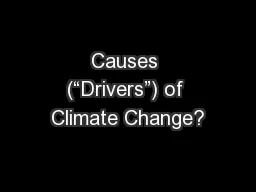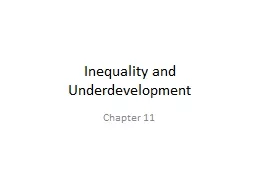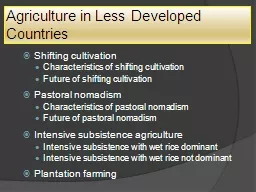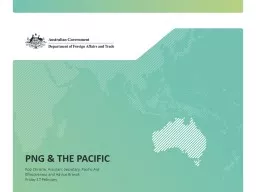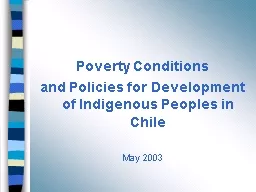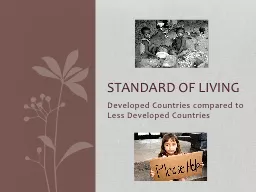PDF-BEYOND SUBSISTENCE AFFLUENCE POVERTY IN PACIFIC ISLAND COUNTRIES III Introduction conomic
Author : phoebe-click | Published Date : 2015-03-17
However this new focus was shortlived as stabilization and adjustment issues came to dominate the policy debate in the 1980s and poverty was relegated to the back
Presentation Embed Code
Download Presentation
Download Presentation The PPT/PDF document "BEYOND SUBSISTENCE AFFLUENCE POVERTY IN ..." is the property of its rightful owner. Permission is granted to download and print the materials on this website for personal, non-commercial use only, and to display it on your personal computer provided you do not modify the materials and that you retain all copyright notices contained in the materials. By downloading content from our website, you accept the terms of this agreement.
BEYOND SUBSISTENCE AFFLUENCE POVERTY IN PACIFIC ISLAND COUNTRIES III Introduction conomic: Transcript
Download Rules Of Document
"BEYOND SUBSISTENCE AFFLUENCE POVERTY IN PACIFIC ISLAND COUNTRIES III Introduction conomic"The content belongs to its owner. You may download and print it for personal use, without modification, and keep all copyright notices. By downloading, you agree to these terms.
Related Documents

